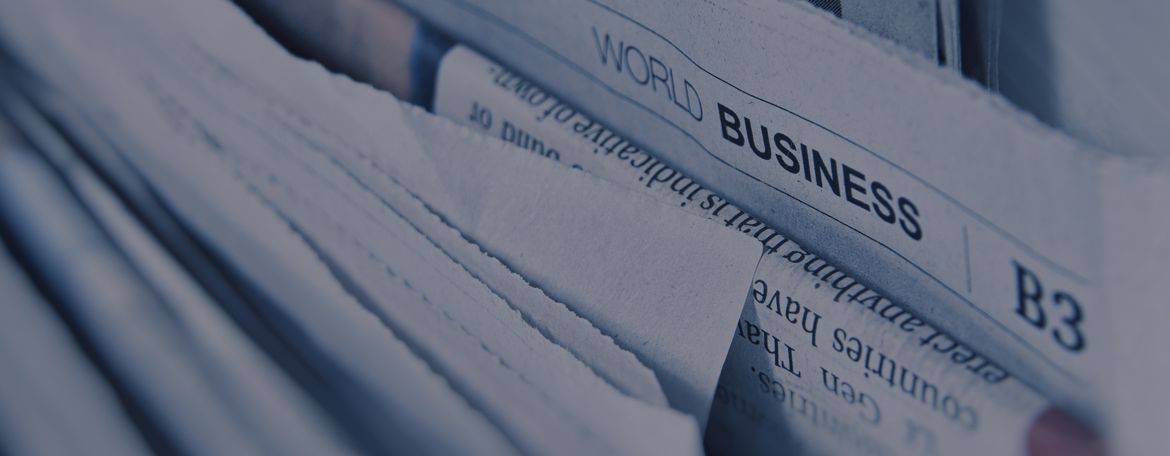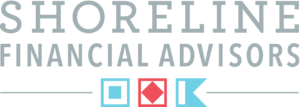

3rd Quarter 2021
Stagflation – Then and Now
We now have the worst of both worlds—not just inflation on the one side or stagnation on the other, but both of them together. We have a sort of ‘stagflation’ situation. And history, in modern terms, is indeed being made. – Ian MacLeod, speech to the House of Commons, 1965
Although many of us remember stagflation as a phenomenon of the 1970s associated with very long gas lines, the term was first coined by a British MP to describe their experience of simultaneous high unemployment and inflation in the UK in the 60s. With the term creeping back into the news, we thought it was worth addressing.
Stagflation is an unusual situation because inflation tends to trend with economic growth. If growth is strong, and the demand for labor and materials is high, prices go up creating inflation. As you can see from the chart, expectations for the economic growth is headed lower while the same for inflation is headed higher.

What’s Going On?
As we wrote five quarters ago, many of the large firms, who’s forecasts we follow, were expecting a rise in inflation. The main explanation was that governments around the world were running very loose monetary policy to combat the pandemic.
It has turned out to be more complicated. Combining easy monetary conditions and pandemic related shutdowns with the increased tendency for governments to become more isolated and less global has led to massive supply chain disruptions as economies rapidly returned to normal. The lack of available, skilled labor has further exacerbated the problem at ports and transportation systems. Interestingly, some are advising shoppers to get their holiday gifts and decorations as soon as possible as shelves may be bare by Thanksgiving!
The More Things Change…
Some behavioral economists are theorizing that the pandemic has altered people’s view of the work/life tradeoff and are beginning to value time over money. With job openings at close to all-time highs and employers raising wages to attract workers, many are still reluctant to enter the workforce. Again, the pundits that we follow are advising that it is too early to tell. Although pandemic related unemployment benefits ended in early September, these programs have left many with excess savings. As these savings diminish over the next six months, we expect people to return to the workforce.
Despite this, we expect inflation to remain elevated but reasonable for the next several years as supply chain reconfigurations and reshoring plans take an extended period to get implemented. Economic growth should continue to be above normal through 2022 and return to the 2% trendline in 2023 keeping 70s era stagflation at bay.
Regarding investment portfolios, we have continued to emphasize shorter term bonds, inflation protection securities and alternatives in some circumstances as we expect interest rates to continue creeping up in the near term.
We Are Here
We have begun scheduling meetings in person for those that have been fully vaccinated. Be assured, everyone in our office has also been vaccinated. In addition, we do still offer virtual meetings through our video conferencing software that allows us to share screens.
Further, if your financial circumstances have changed, please call the office to set up an appointment to review your plan. We thank you very much for the trust you have placed in our firm.
Best regards,
Shoreline Financial Advisors, LLC


